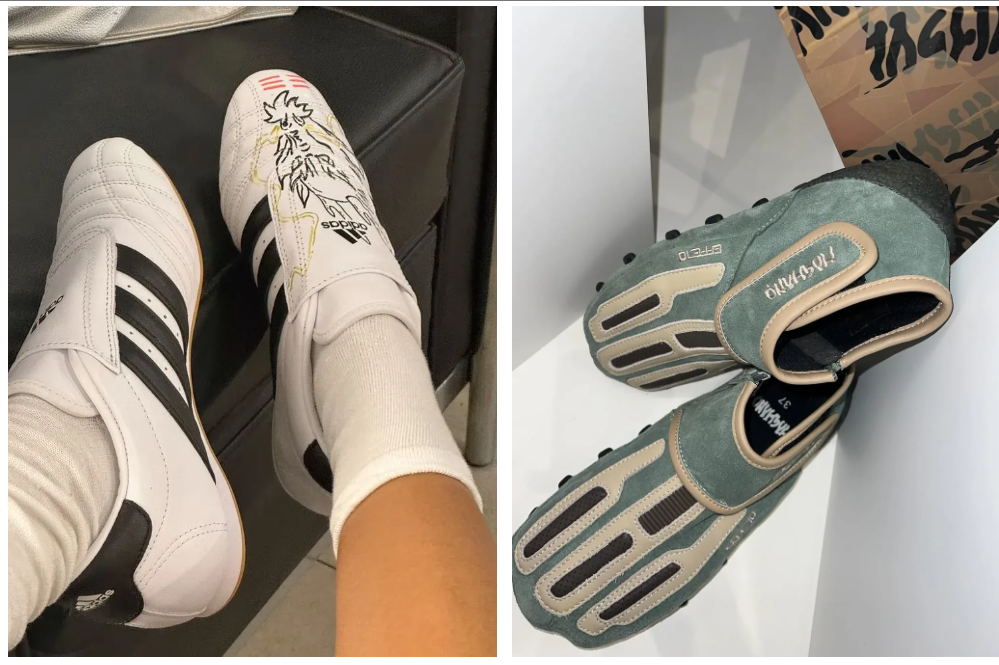From Pragmatism to Design Pioneering
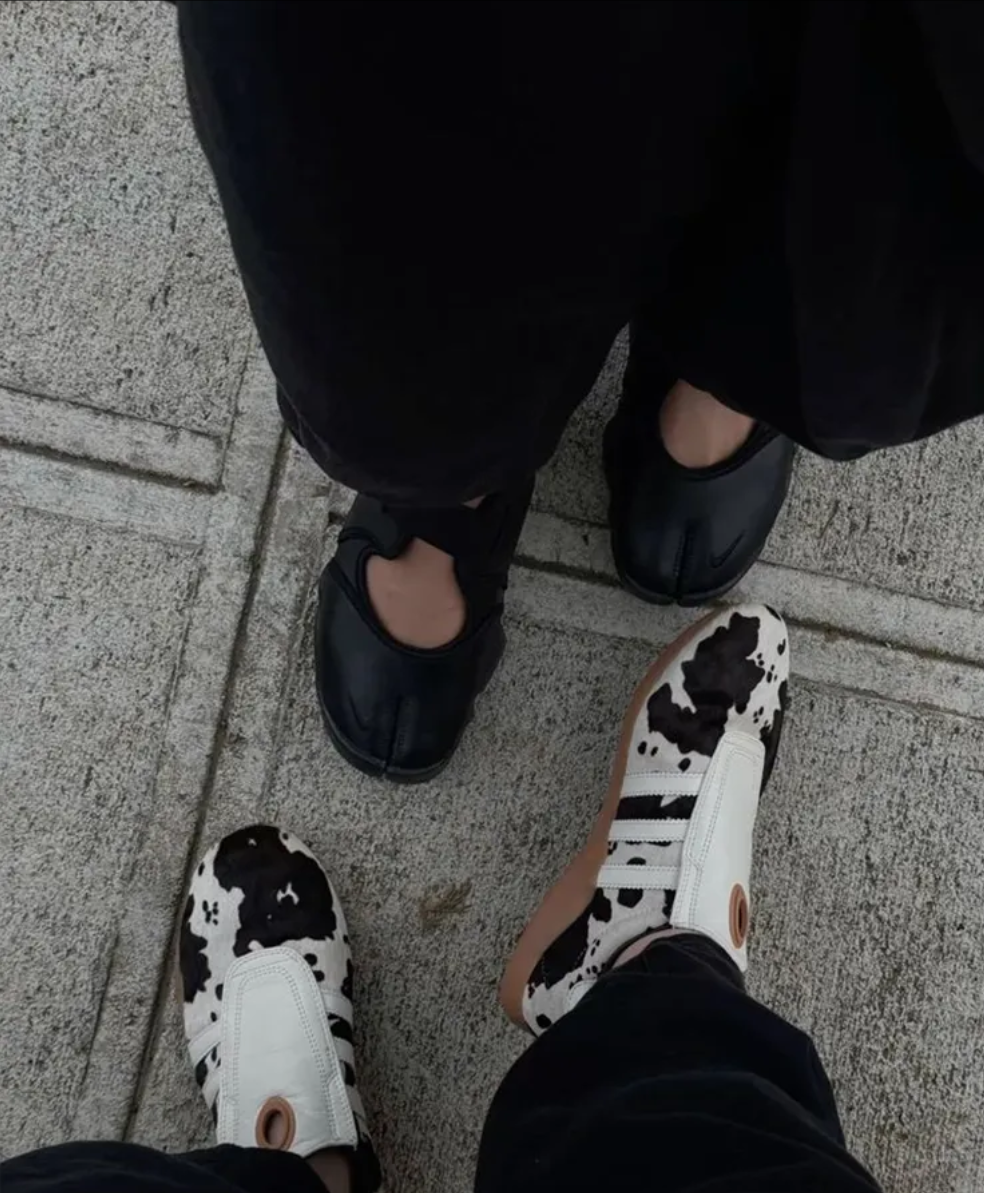
When discussing future footwear trends, the comprehensive return of laceless designs cannot be ignored. The convenience of slip-on functionality, from early sports shoes to today's high-end designer pieces, is quietly reshaping consumers' purchasing logic and aesthetic expectations.
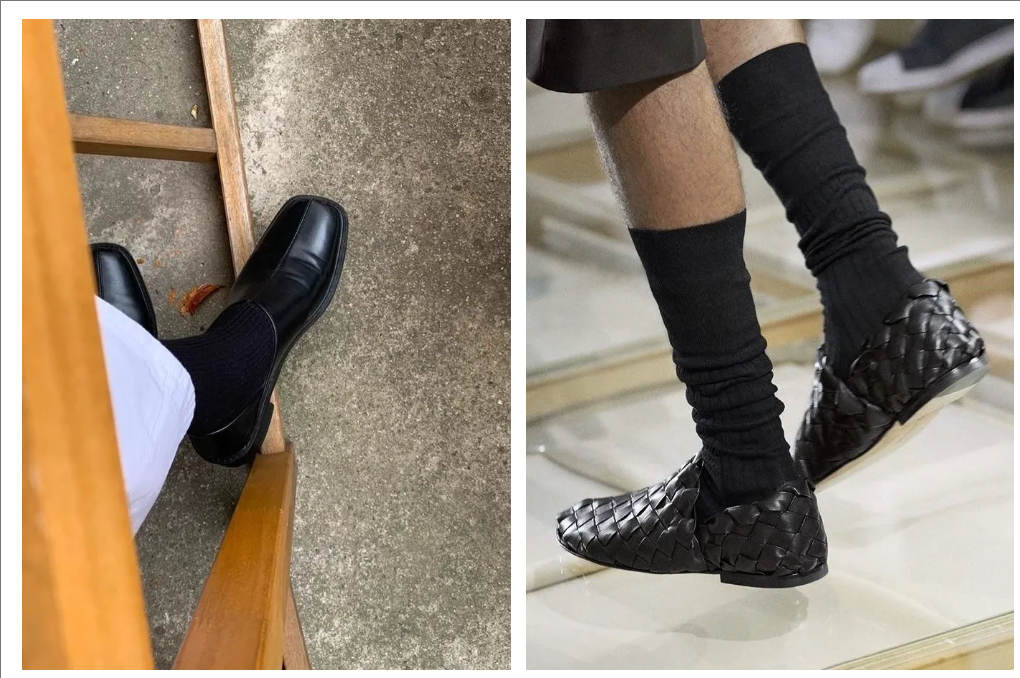
"Slip-on" is no longer exclusive to casual slippers or loafers; laceless designs have moved from practical niche products to fashion week backstages and street style. They not only meet contemporary consumers' basic needs for quick on/off but also reflect the collective shift in fashion aesthetics toward simplicity, efficiency, and refinement. Under the design logic of "less is more," the disappearance of shoelaces has become a natural trend.
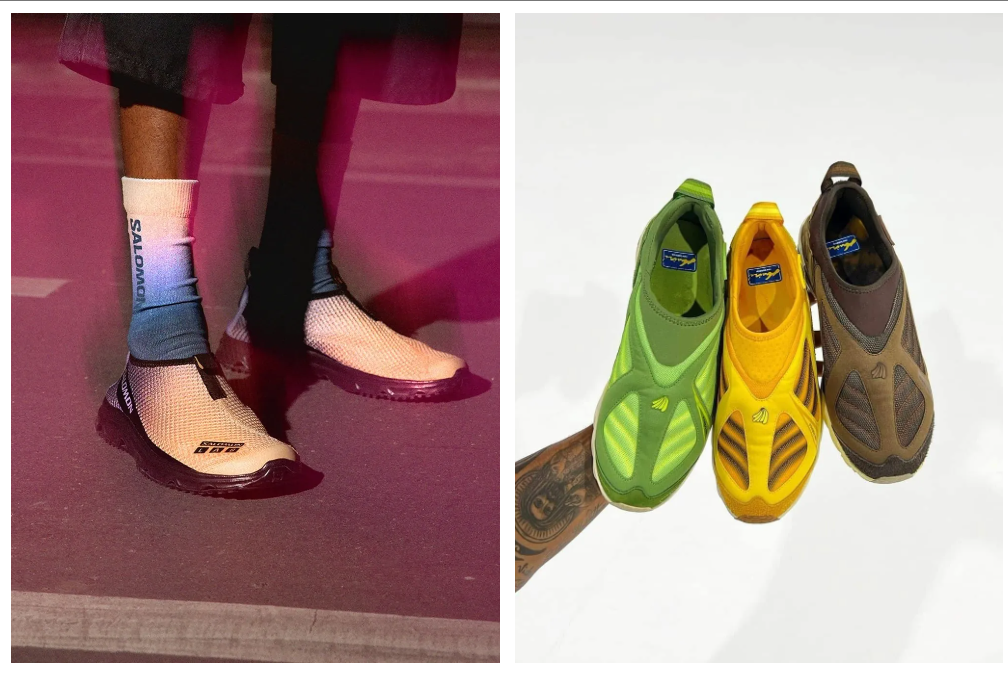
From New Balance's ML 610S to Salomon's RX Moc 3.0, a series of new products featuring thick soles and slip-in openings indicate that brands are consciously guiding users toward "easy-on/easy-off" footwear experiences. Meanwhile, high-end brands like Prada and Maison Margiela have transformed slip-on shoes from "lazy shoes" to more sophisticated and stylish options through exquisite leather loafers and abstract minimalist designs.
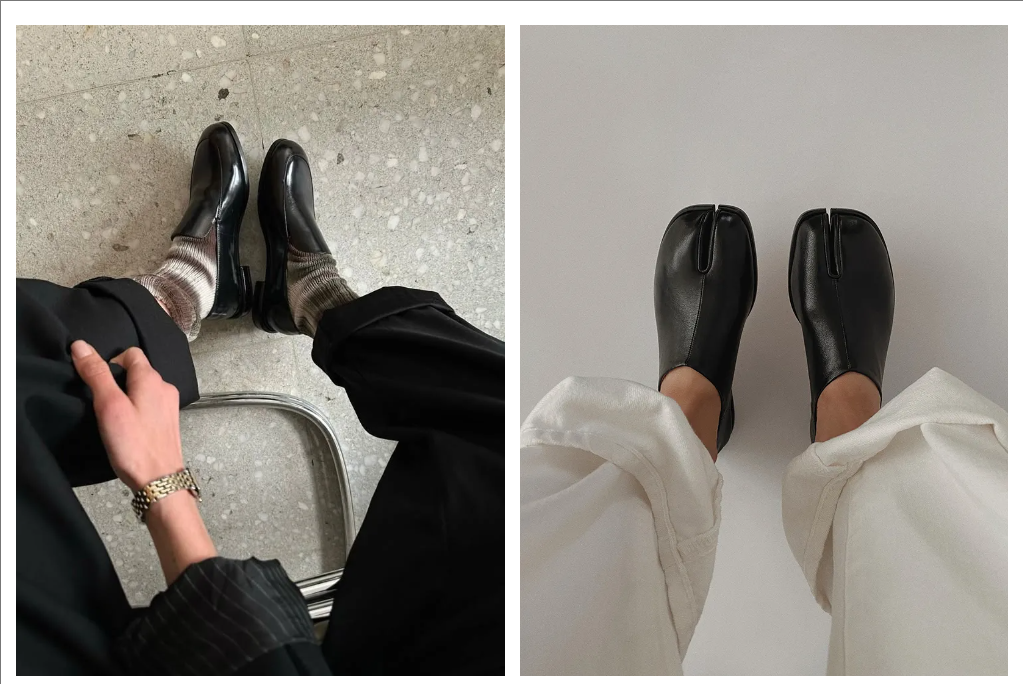
This trend did not emerge accidentally. It is rooted in the fashion industry's heightened focus on "noise-canceling design" and "daily functionality" over the past few years. As people move away from excessive details and exaggerated shapes, comfort has become a more competitive selling point. Brands are returning design to its original purpose of "serving people" based on consumers' lifestyles, replacing pure visual spectacle.
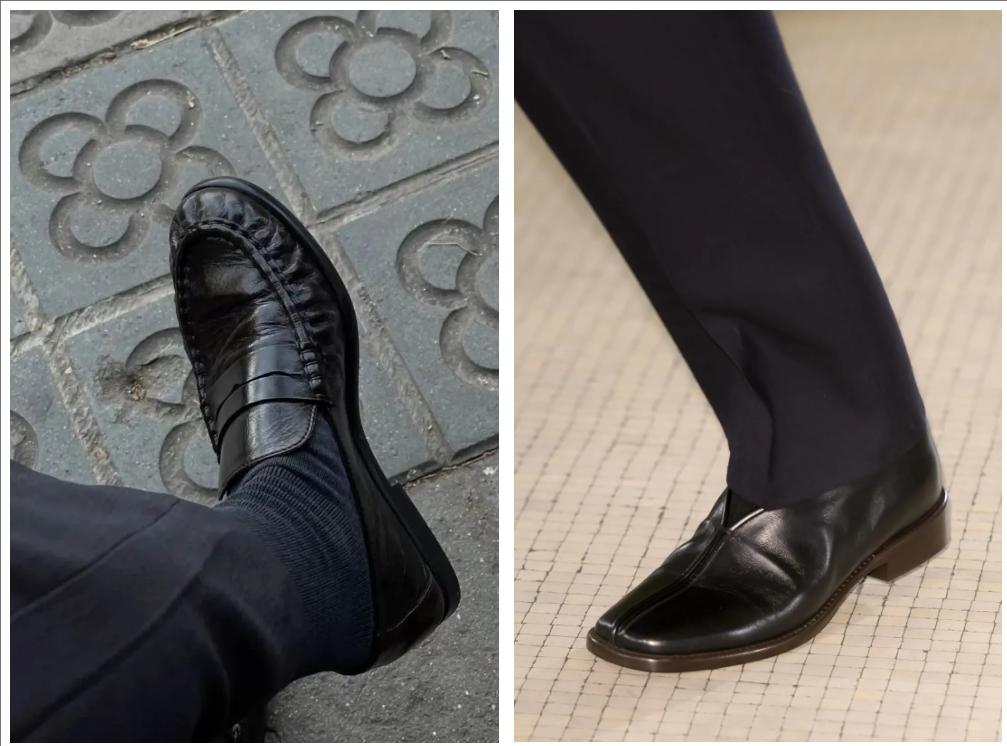
Initially, the slip-on concept was mostly seen in skateboarding and classic loafers: elastic bands and invisible elastic openings were simply designed to allow users to quickly put on shoes without lacing while pursuing free foot feel. Entering 2025, brands and designers have made numerous innovations on this practical foundation—Snoafer (a hybrid of Loafer and Sneaker), Clogs, and Sock Shoes continue to emerge. They either use new elastic fibers and weaving techniques to create unparalleled fit or blend street culture with high fashion through cross-border collaborations.
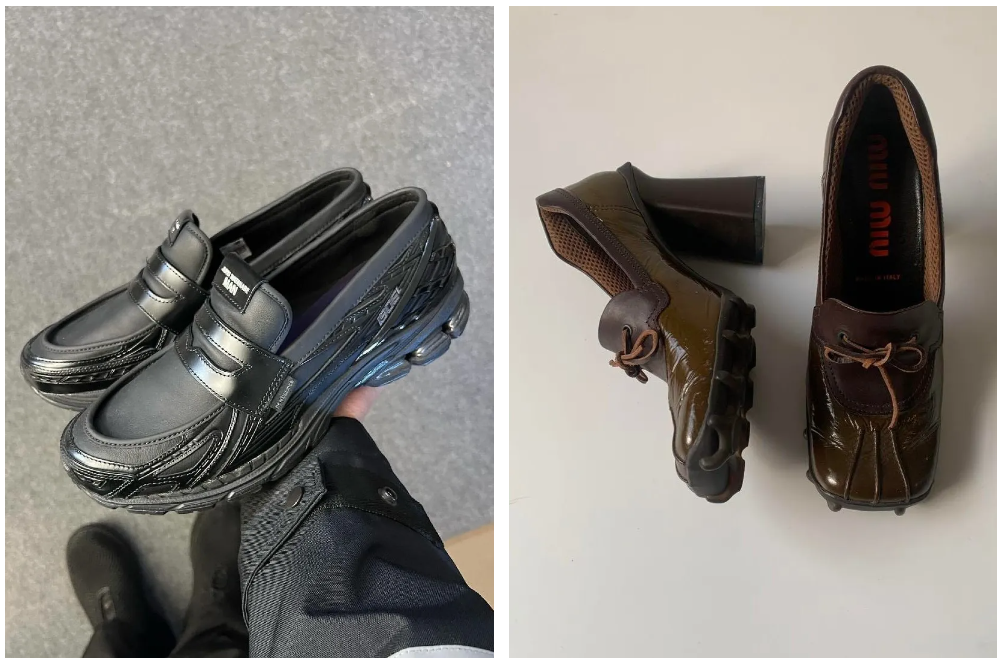
Brand Cases: Who is Leading the Laceless Trend?
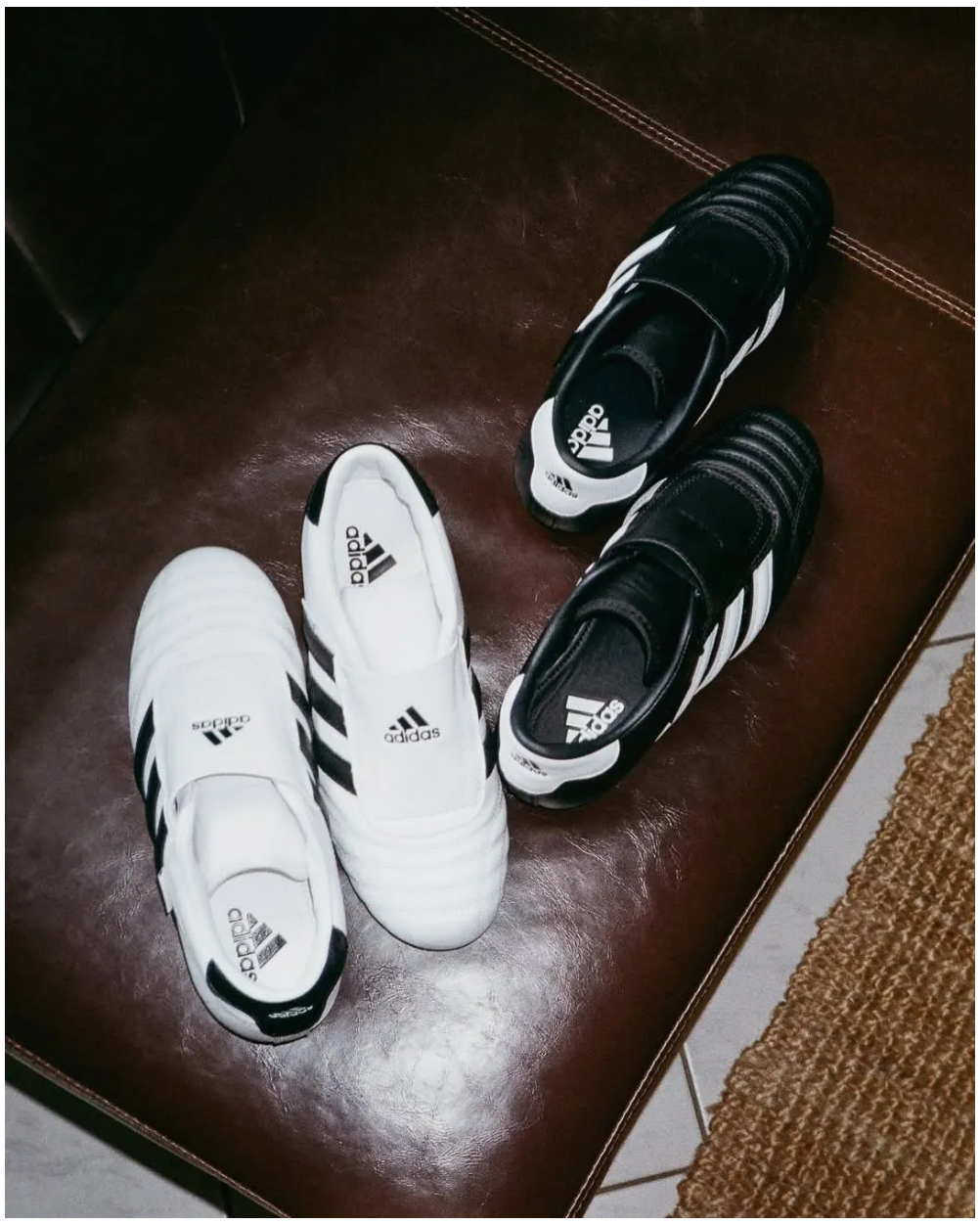
Among many pioneers, adidas Taekwondo stands out as a benchmark for laceless innovation. Originally created for the 1988 Seoul Olympics, the Taekwondo shoe features an ultra-thin sole and streamlined three stripes, designed specifically for flexible bursts and foot protection.
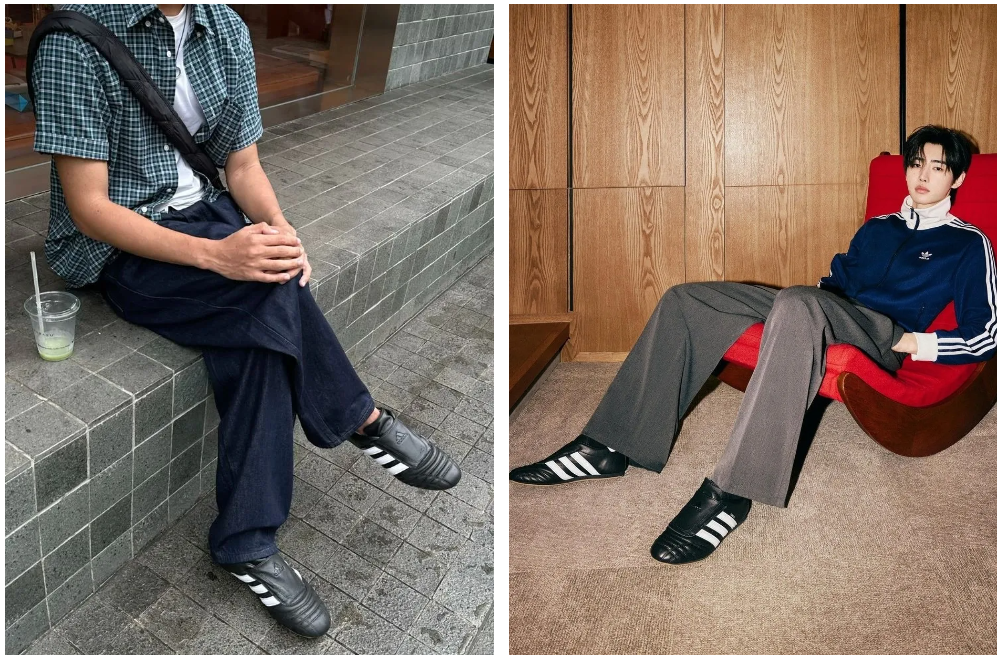
After many years, adidas has made bold upgrades to the original model: from all-white seamless collaborative versions to special editions incorporating futuristic metallic aesthetic, and the Slim series with new minimalist deconstruction by renowned designers. Each iteration emphasizes its clean lines and lightweight texture free from complexity.
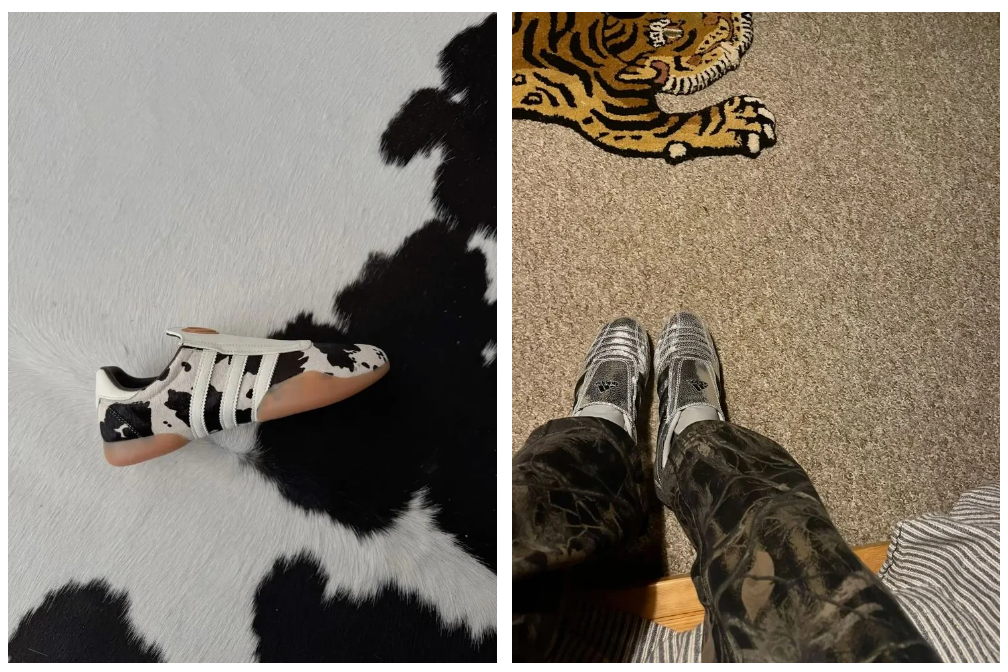
In the current era of pursuing "Quiet Luxury," the laceless structure and translucent lightness of Taekwondo have effectively eliminated the previous logo-centric ostentation, returning design focus to texture and tailoring itself. Furthermore, Taekwondo has continuously received "collaborative endorsements" from forward-thinking designers like Stella McCartney and Song for the Mute, interpreting multiple dimensions such as all-white minimalism, futuristic metallic aesthetic, and sustainable materials, further enhancing its brand relevance.
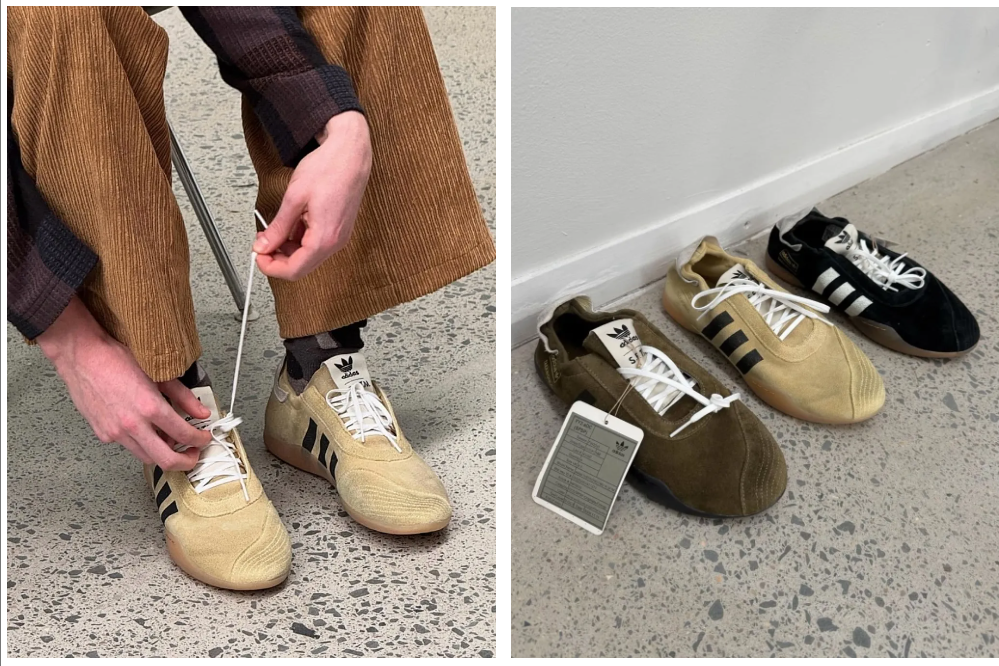
High Fashion Acceptance: Diverse Interpretations from Street to Luxury
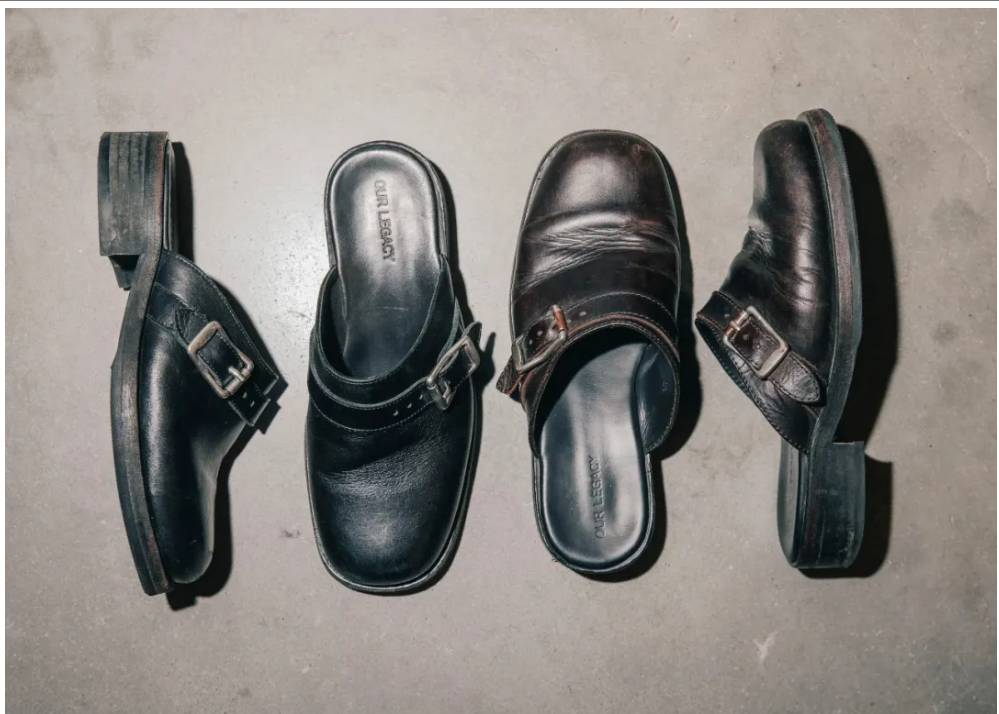
Beyond the aforementioned prototypes, 2025 has seen a series of noteworthy laceless products and style directions. Take Dries Van Noten, for example, whose laceless high-heeled sandals in the Spring/Summer 2025 men's collection blend minimalist silhouettes with metal decorations, offering both architectural aesthetic and functionality. This design emphasizes the fluidity of putting on and taking off while blurring the boundary between formal and casual.
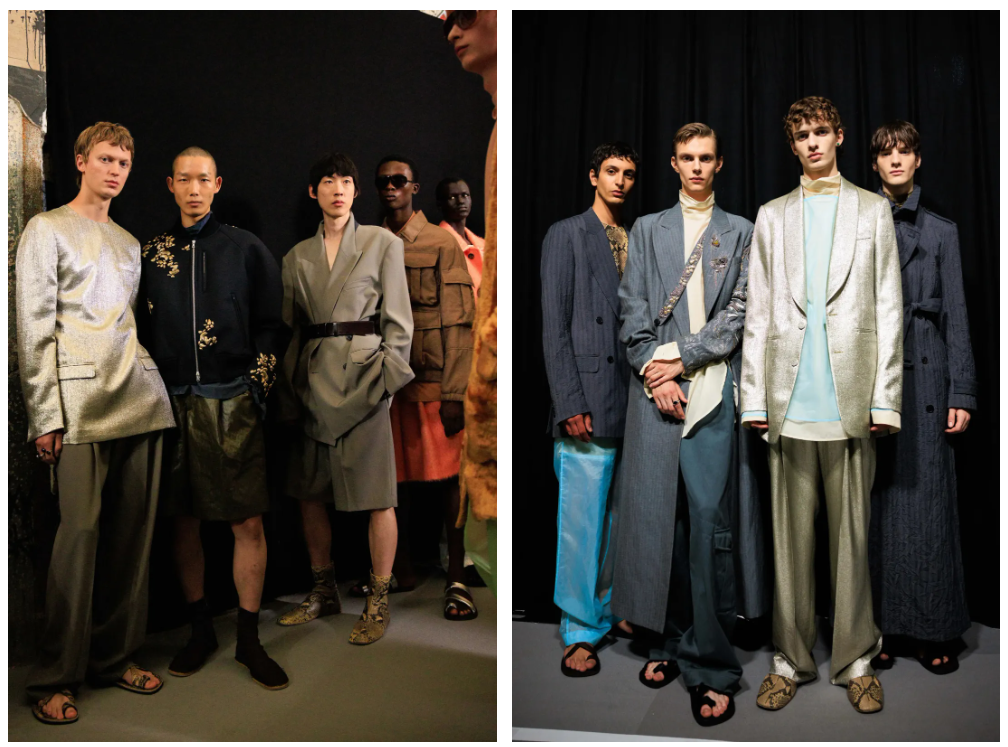
Similarly, Our Legacy's "Camion Mule" and LOEWE's soft slip-on sandals have become urban dwellers' "second skin" for outings. They avoid the noisy symbols of street sneakers and no longer pursue the sculptural quality of formal shoes, instead embodying "lazy elegance" somewhere in between.
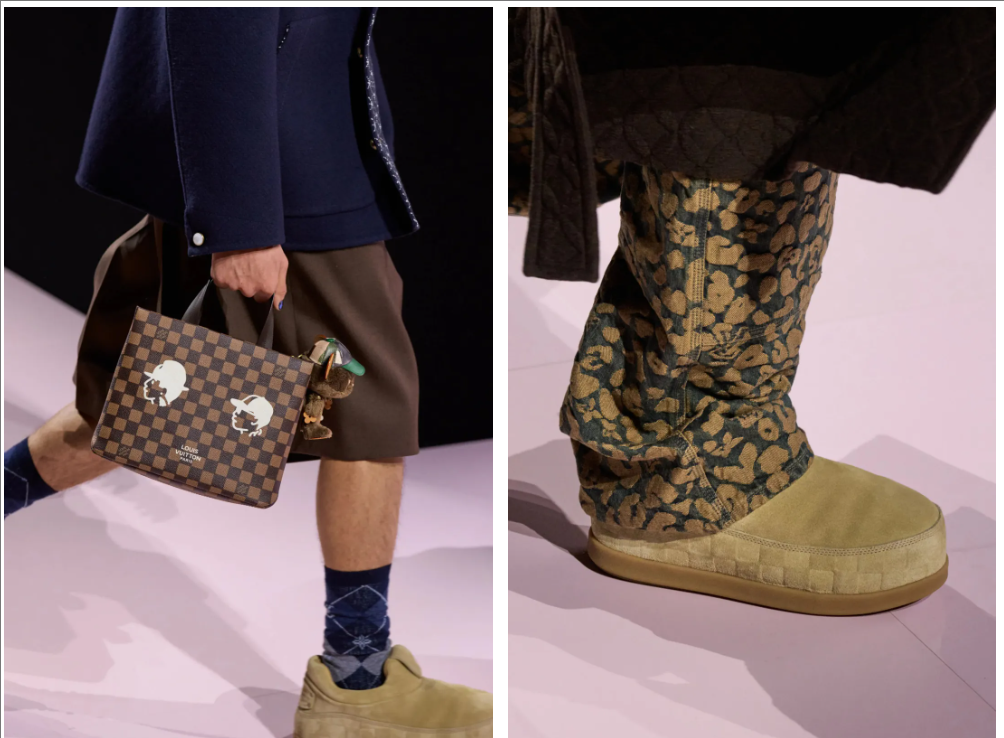
Meanwhile, Louis Vuitton's laceless design blending ankle boots and sports shoes in its Fall/Winter 2025 show has led high fashion to embrace slip-on structures, indicating luxury brands' recognition of this trend. Understated minimalist brands like Lemaire, Auralee, and Magliano have interpreted the elegance of laceless designs through high-quality suede or breathable fabrics; Proenza Schouler's collaboration with Vans on leather loafers-style slip-ons explores the balance between urban casual and avant-garde modernity based on classic silhouettes.
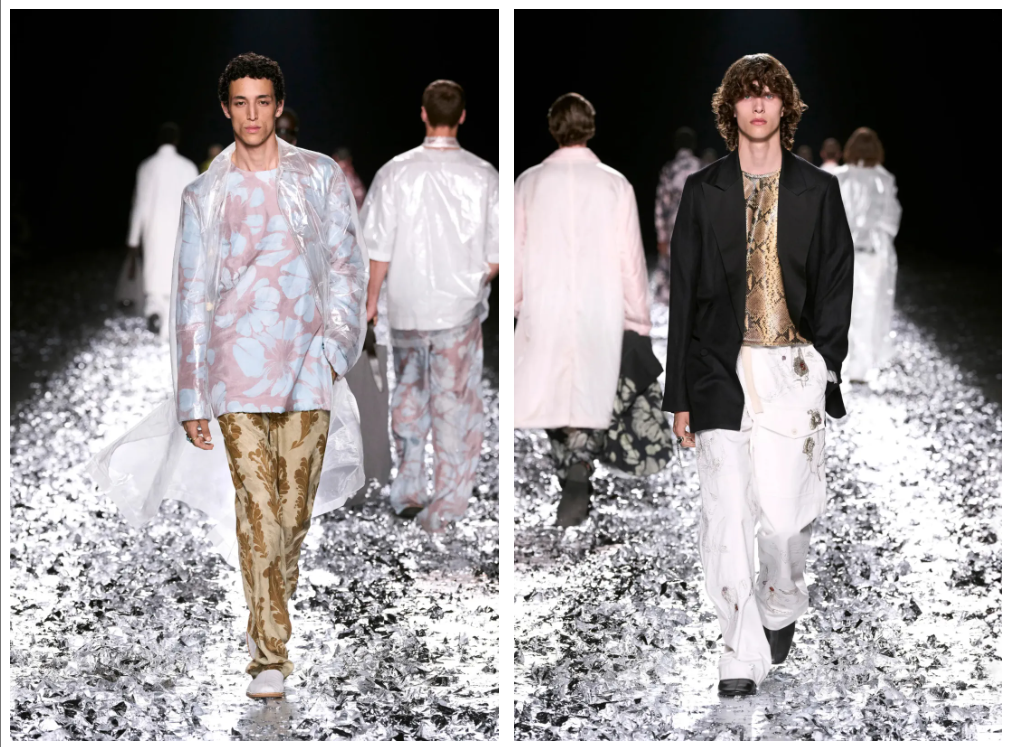
Industry Data: Will Laceless Become the Norm?
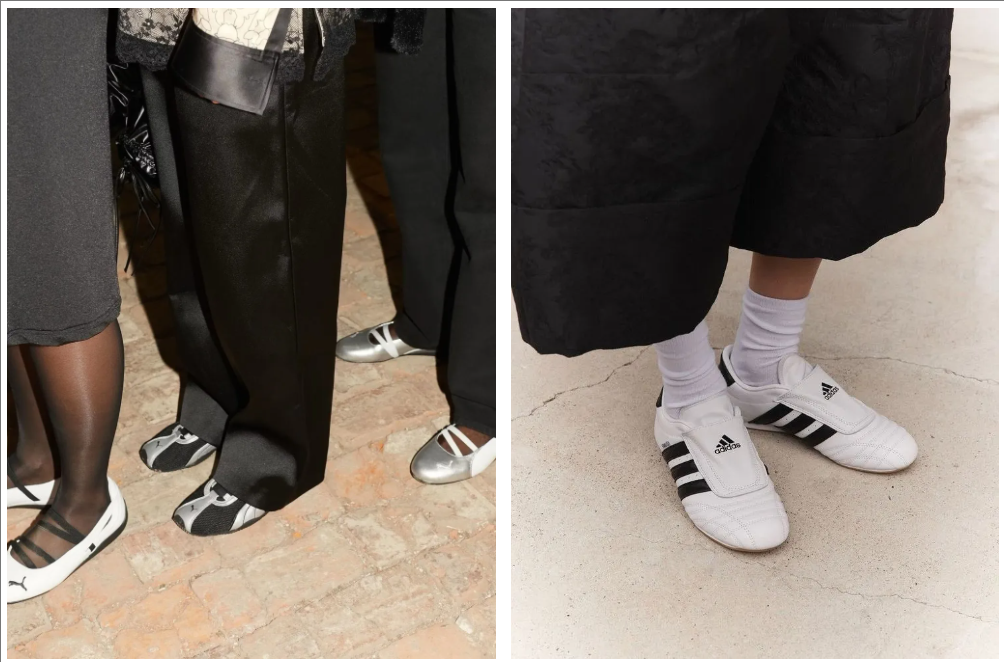
Industry data already confirms the commercial potential of this trend. Based on the global slip-on shoe market size of $151 million in 2022, multiple research institutions predict the segment will grow to approximately $213 million by 2032, with a compound annual growth rate exceeding 3%. In contrast, the overall casual sports shoe market is growing relatively steadily—clearly, the scenario expansion value brought by easy on/off is promoting faster scale expansion.
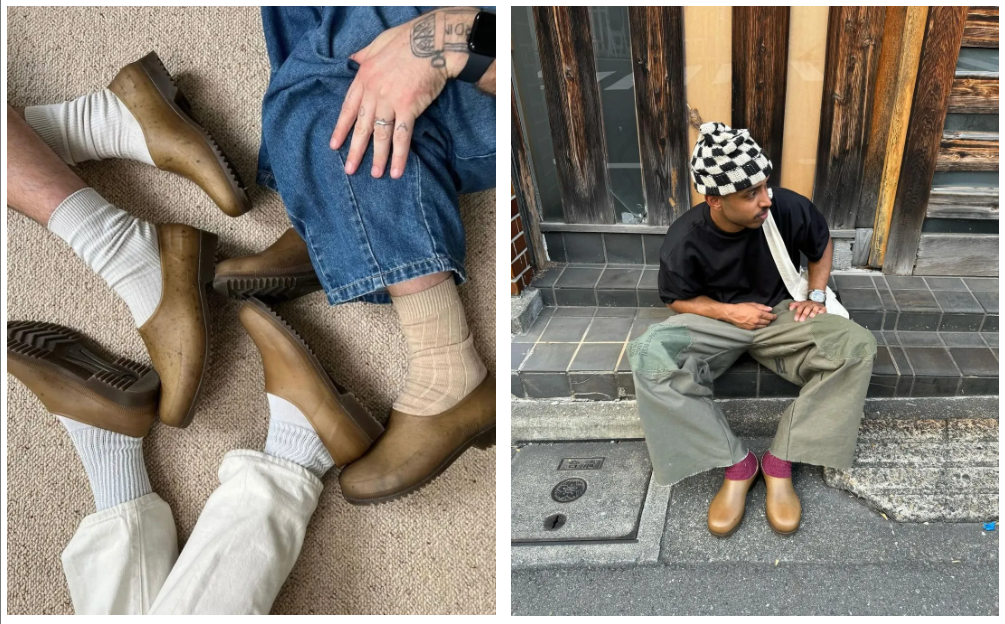
More importantly, the new generation of consumers, especially Gen Z, are more interested in "fast" and "convenient" products. They are willing to try new designs while preferring intuitive convenience in daily use. Future sports shoe series—from running shoes and basketball shoes to professional competition shoes—will increasingly explore fastening methods beyond laces, and laceless shoes may become the norm in the footwear industry rather than a niche concept.

When we review the process of laceless designs moving from the edge to the mainstream, it is clear that this is not purely a style revolution but a reconstruction of "wearing logic." From the technical innovation of slip-in openings to the aesthetic exploration of sock-like structures, slip-on is no longer just a synonym for convenience but a multiple response to efficiency, beauty, and lifestyle. It responds to the era's desire for "less is more" and reflects a more consistent wearing philosophy: not bound by form, not lingering on processes, but focusing on comfort and freedom in every step.
